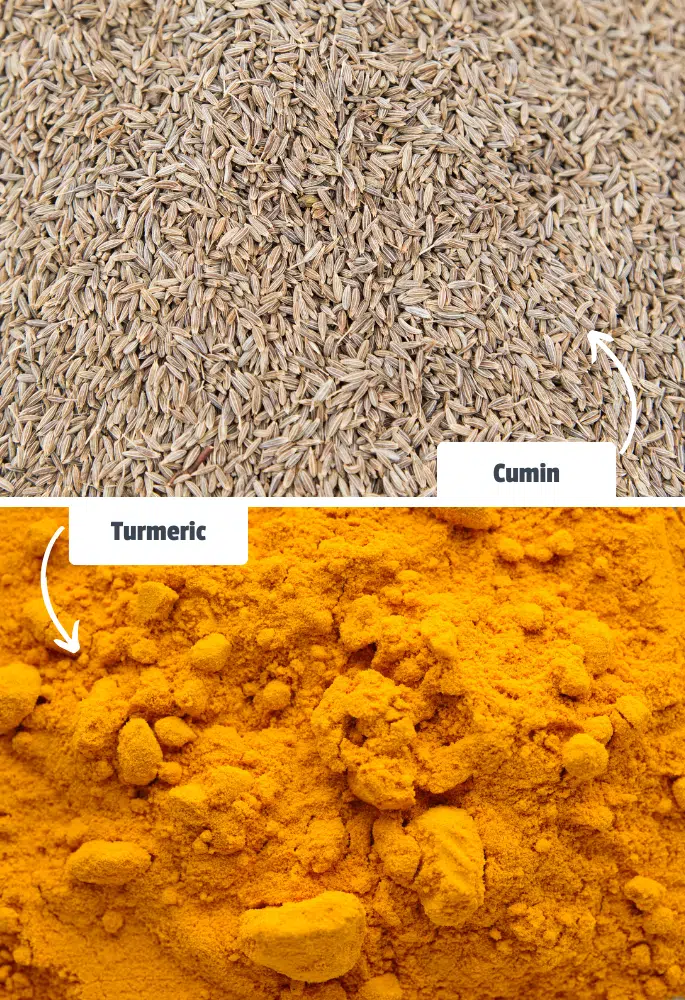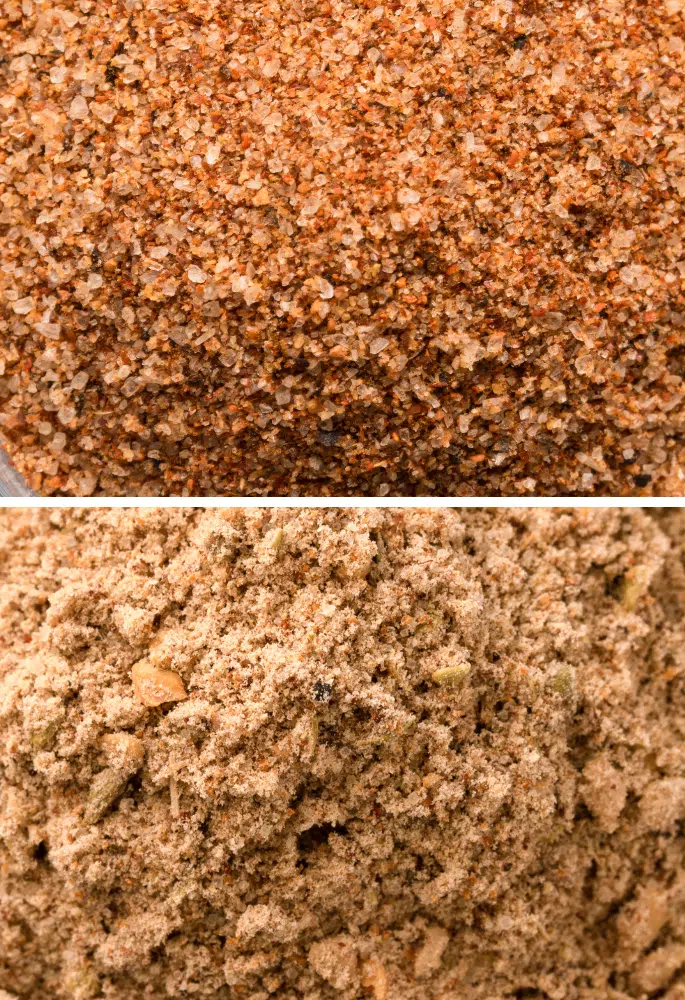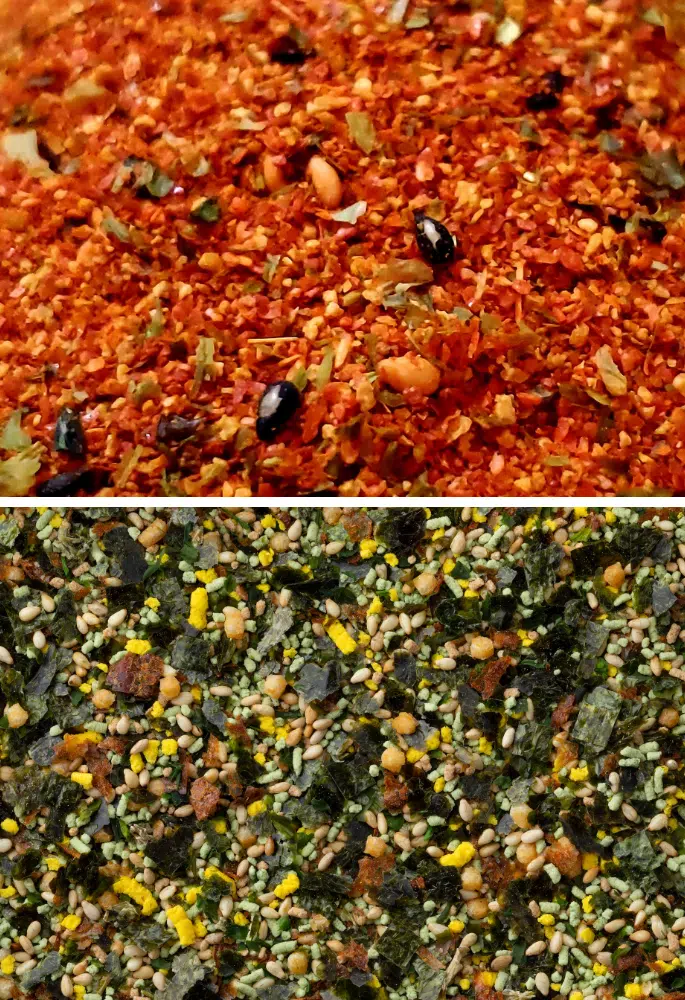Cumin and turmeric are two prominent spices, especially in Asian and Middle Eastern cuisines. Both are known for their distinct aromas and the depth they add to a variety of dishes. While they share some common uses, they also have unique characteristics that set them apart.

Cumin and turmeric differ in flavour, colour, and health benefits, but both are essential in adding depth to dishes and have anti-inflammatory properties.
What is Cumin?
Cumin is a spice made from the dried and ground seeds of Cuminum cyminum, a plant in the parsley family. It is commonly used in its whole or ground form.
Cumin is known for its warm, earthy flavor and slightly bitter undertones. It’s a staple in many spice blends, including curry powders and chilli powders, and is widely used in Indian, Middle Eastern, and Mexican cuisines.
What is Turmeric?
Turmeric is a spice derived from the root of the Curcuma longa plant. It is most often used in its ground form, which has a vibrant yellow-orange colour.
Turmeric offers a mildly aromatic flavour with a hint of ginger and bitterness. It is a key ingredient in Indian curries and is used for its colour and flavour in various Asian and Middle Eastern dishes.
Similarities Between Cumin and Turmeric
Although they look different, they do share several things. So, what makes these spices a little similar?
- Cuisine: Both are staples in Indian and Middle Eastern cuisines. You’ll be hard-pressed to find a curry recipe that doesn’t start with cumin and turmeric in the base.
- Usage in Spice Blends: Cumin and turmeric are both key ingredients in various spice blends, including curry powders.
- Health Benefits: They share anti-inflammatory properties and have been used in traditional medicine for centuries.
- Plant Family: Both cumin and turmeric are derived from plants in the ginger family.
Yes, cumin and turmeric can generally be used in equal quantities. However, it’s important to adjust to taste, as cumin has a stronger, more pungent flavour compared to the milder, earthy notes of turmeric.
Differences Between Cumin and Turmeric
Of course, these are different spices that can be used in different ways to add different flavours. Here are just some of the many differences.
- Flavour: Cumin has a warm, earthy, and slightly bitter flavour, while turmeric is milder with a gingery bitterness.
- Colour: Cumin typically adds a brown colour to dishes, whereas turmeric is known for its vibrant yellow-orange hue.
- Culinary Uses: Cumin is often used in spice blends and for seasoning meats and vegetables. Turmeric, while also used in spice blends, is famed for colouring rice and sauces.
- Origins: Cumin originates from the Eastern Mediterranean and India, while turmeric is native to Southeast Asia and the Indian subcontinent.
- Health Benefits: While both spices have anti-inflammatory properties, cumin is rich in iron and promotes digestion, whereas turmeric is known for its curcumin content, which has strong antioxidant properties.
Substituting cumin for turmeric is possible, but it will significantly change the flavour profile. Cumin has a warm, earthy taste, while turmeric is milder and slightly bitter. They are not interchangeable in terms of taste or colour.
Cumin vs Turmeric: Which Wins?
If you were forced to pick cumin or turmeric, which would you vote for? Is there a spice you prefer or one you find yourself using more often? Let us know!
Do You Prefer Cumin or Turmeric?
Hailing from Liverpool, Oliver is an adventurous chef with a penchant for exploring diverse cuisines and novel ingredients. Ollie, combining his love for local British flavours with global influences, brings innovation and charm to home cooking.
















